By Manisha Sahu, America News World September 29, 2025
Dubai, UAE – What should have been a night of pure celebration for India’s cricket team turned into a diplomatic and sporting standoff, as captain Suryakumar Yadav and his players refused to accept the Asia Cup trophy from Asian Cricket Council (ACC) chief Mohsin Naqvi. The dramatic episode unfolded after India’s nail-biting final-over victory against Pakistan on Sunday, raising serious questions about the intersection of politics, sports, and international relations.
India secured a thrilling win over Pakistan in a high-pressure final at the Dubai International Stadium. But the triumph quickly gave way to confusion as the players stood firm in their refusal to receive the trophy from Naqvi, who also serves as Pakistan’s Interior Minister and chairman of the Pakistan Cricket Board (PCB).
“I have never seen a champion team not getting a trophy. We deserved it,” Suryakumar Yadav told reporters later. “The real trophies are my 14 teammates, and they will stay in my memory forever.”

The ceremony was delayed for more than an hour as officials tried to mediate. The Indian side had indicated its willingness to receive the trophy from Khalid Al Zarooni, Vice Chairman of the Emirates Cricket Board. However, Naqvi insisted that as ACC chief, he alone would hand over the silverware. When no compromise emerged, the trophy was quietly removed from the venue, leaving the presentation incomplete.
Sources suggest that the immediate flashpoint was Naqvi’s activity on X (formerly Twitter). Ahead of the final, he reposted images showing Pakistani cricketers in fighter-jet-style flight suits with warplanes in the background under the caption “Final Day.” In a separate post earlier in the tournament, he had shared a graphic of Cristiano Ronaldo beside a crashing plane.
To the Indian team, still mourning the loss of 26 compatriots in the recent Pahalgam terror attack, the posts struck a raw nerve. India had retaliated with “Operation Sindoor,” striking militant infrastructure in Pakistan-administered territory, sparking a tense military standoff earlier this year. Against this backdrop, the Indian players viewed Naqvi’s posts as provocative, undermining his neutrality as a sporting administrator.

This year’s Asia Cup saw India and Pakistan clash three times. While India dominated the first two meetings with ease, the off-field tensions were unmistakable. In their opening encounter, Indian cricketers pointedly refused to shake hands with Pakistani players, with captain Yadav dedicating the victory to the families of the Pahalgam attack victims.
The strained atmosphere worsened when Naqvi floated the idea of Pakistan boycotting the tournament in protest. “If we had to boycott, it would have been a very big decision. The Prime Minister and other officials were involved, and we had their full support,” Naqvi told reporters in Lahore before the final. “But we believe politics and sports can’t go together. Cricket should remain a sport.”
Ironically, it was Naqvi’s own online behavior that reignited the political dimension during the final showdown.
Fans who stayed back in the stadium after Rinku Singh hit the winning runs noticed something was wrong. Even 20 minutes later, the presentation stage stood ready but unused. Players lingered uneasily, officials shuttled between camps, and the umpires tried to smooth things over.
When the deadlock persisted, the crowd grew restless. Boos echoed in the half-empty stands, while television commentator Ravi Shastri blasted the delay, calling it “ridiculous” for players to wait nearly 45 minutes after the match ended.
Eventually, individual awards were distributed by other dignitaries, but the central highlight—the lifting of the trophy—never took place. The Indian players quickly departed the ground, leaving fans and viewers across the cricketing world stunned.
The episode highlights how fragile the sporting relationship between India and Pakistan has become. Cricket, once a rare bridge between the two nations, is now increasingly hostage to political currents and public sentiment.
India’s refusal to accept the trophy from Naqvi was more than just a snub; it was a symbolic protest against the blurring of lines between politics and sport. For Indian players, Naqvi’s online behavior crossed a line, making him unfit to preside over what should have been a neutral ceremony.
For cricket’s global administrators, the incident poses uncomfortable questions: Can the game’s governing structures remain credible if political figures continue to occupy senior roles? And what happens to marquee tournaments if relations between two of the sport’s biggest markets stay frozen?
As the dust settles, the Asia Cup 2025 will be remembered not just for India’s on-field brilliance but also for the trophy that never found its rightful home. With the Indian team’s defiant stand making headlines worldwide, the ACC faces renewed pressure to address conflicts of interest at the highest level.
For now, the image of Suryakumar Yadav’s men leaving the podium empty-handed may come to define a tournament where politics loomed larger than cricket.
Discover more from AMERICA NEWS WORLD
Subscribe to get the latest posts sent to your email.
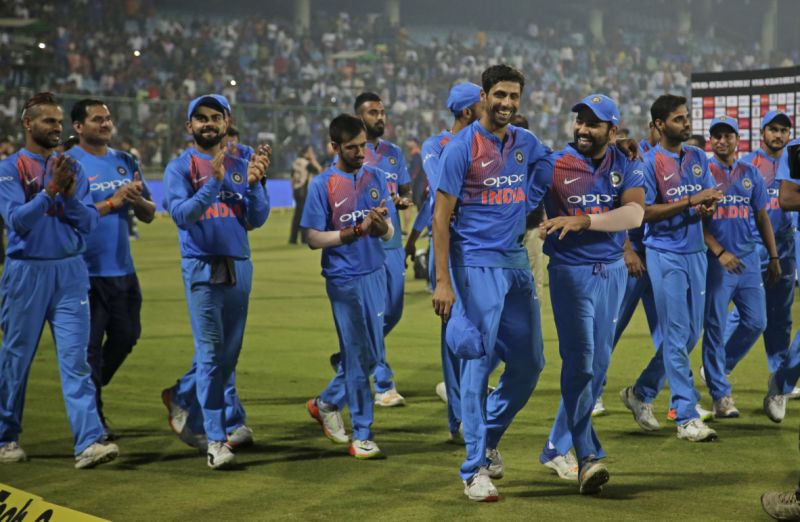

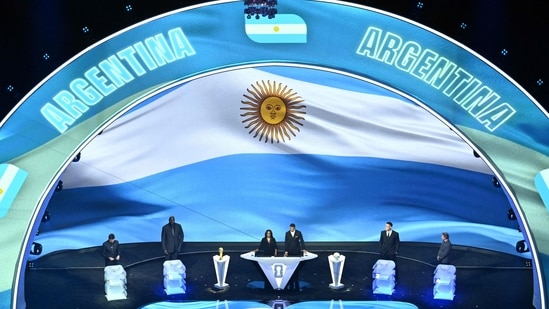
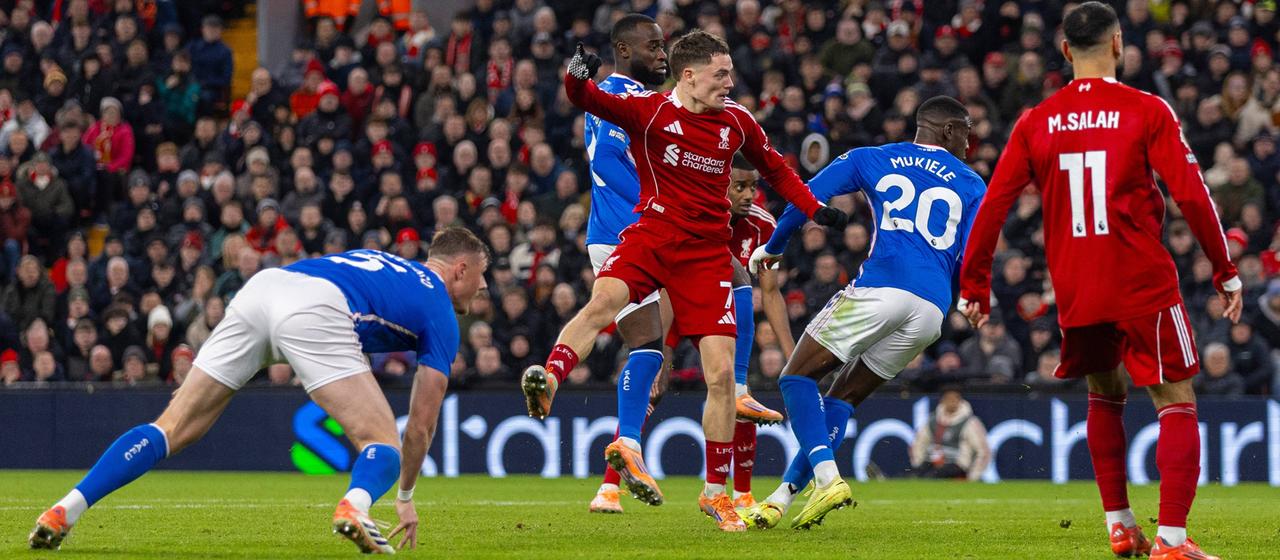
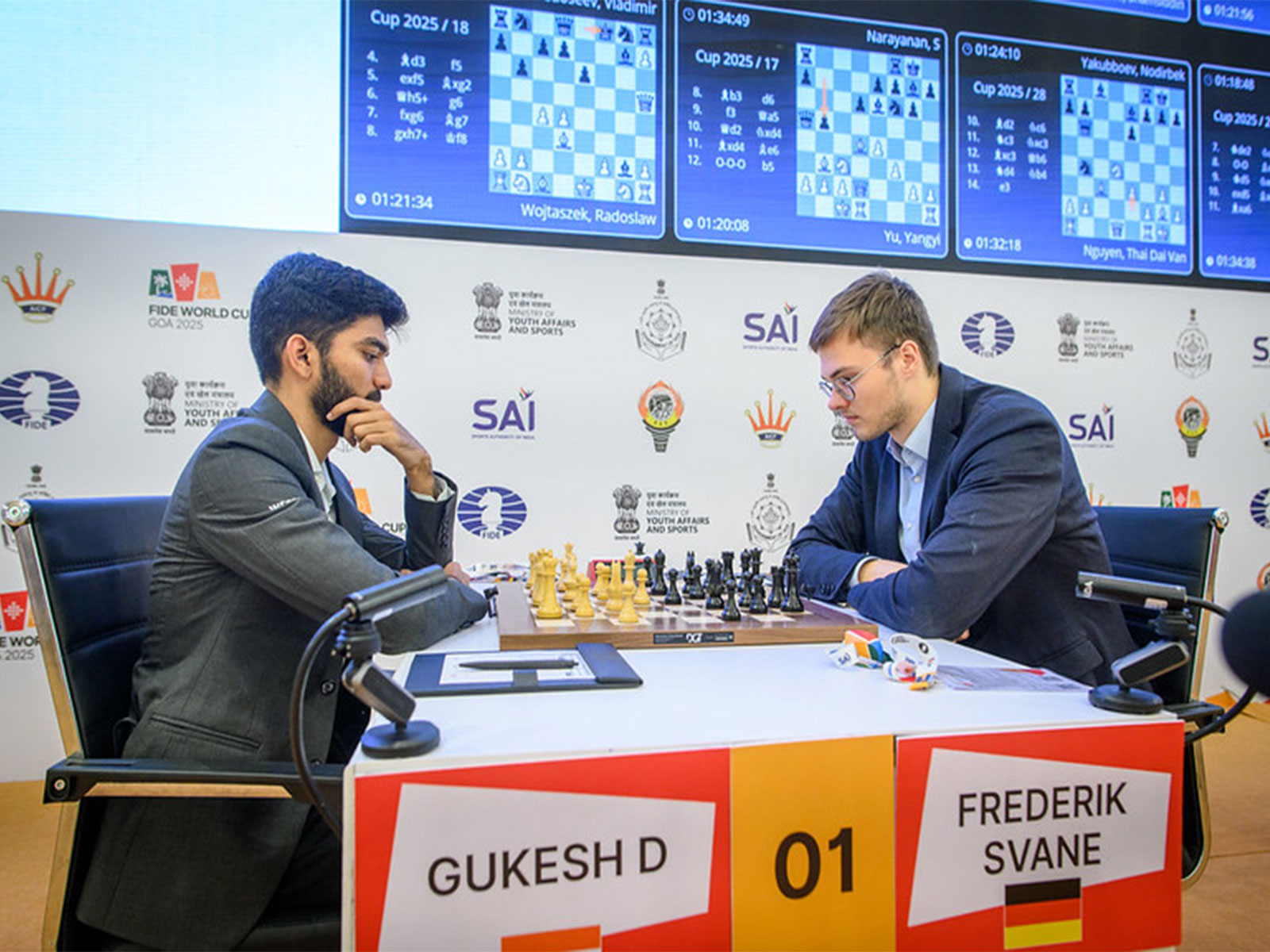
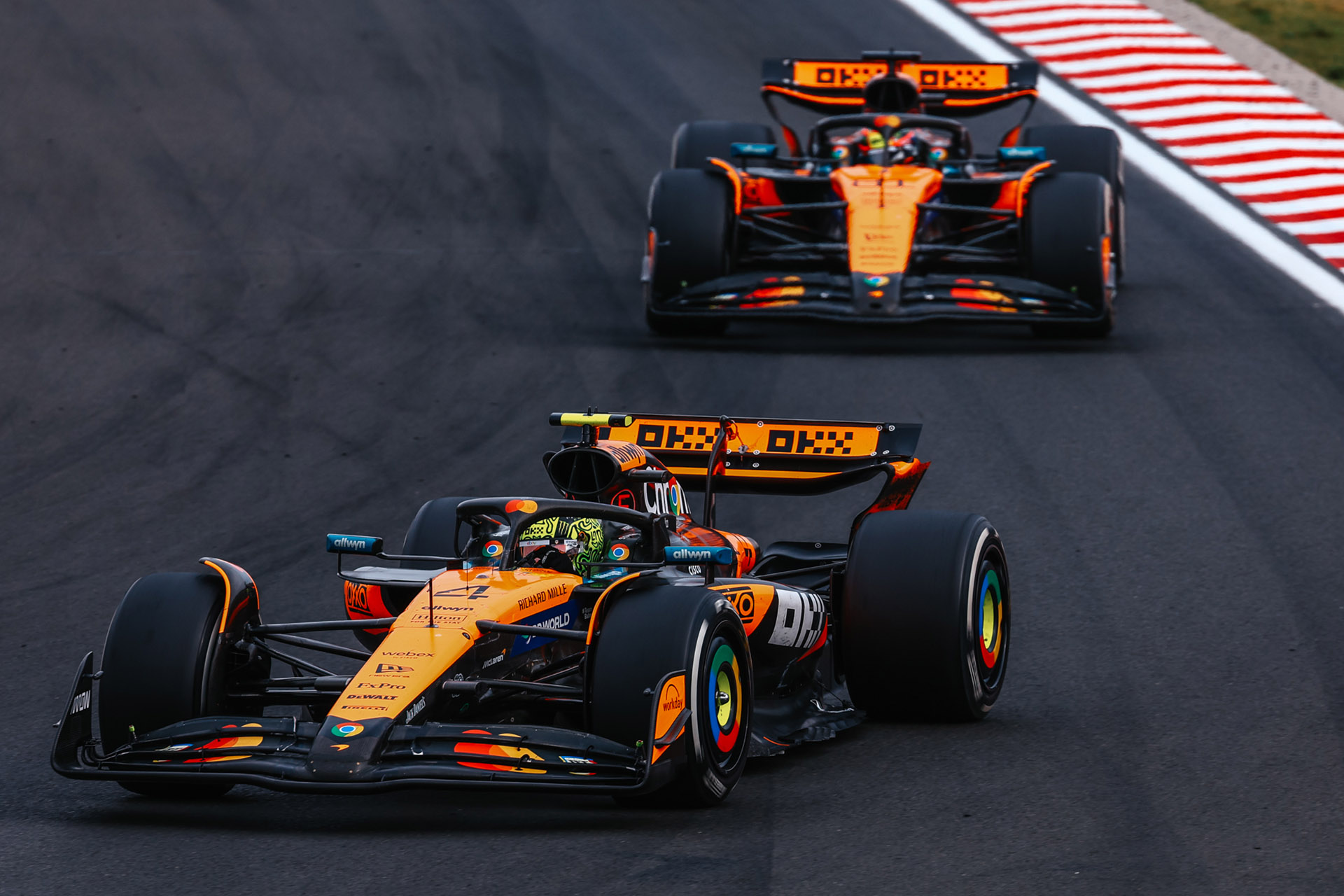
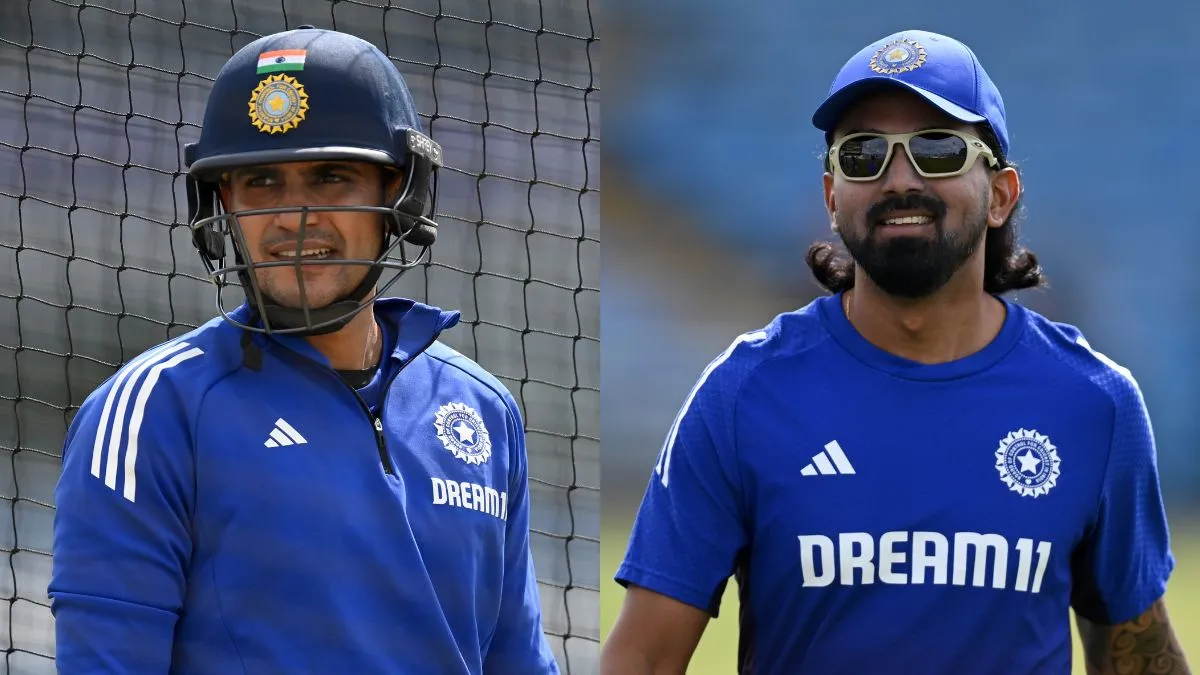





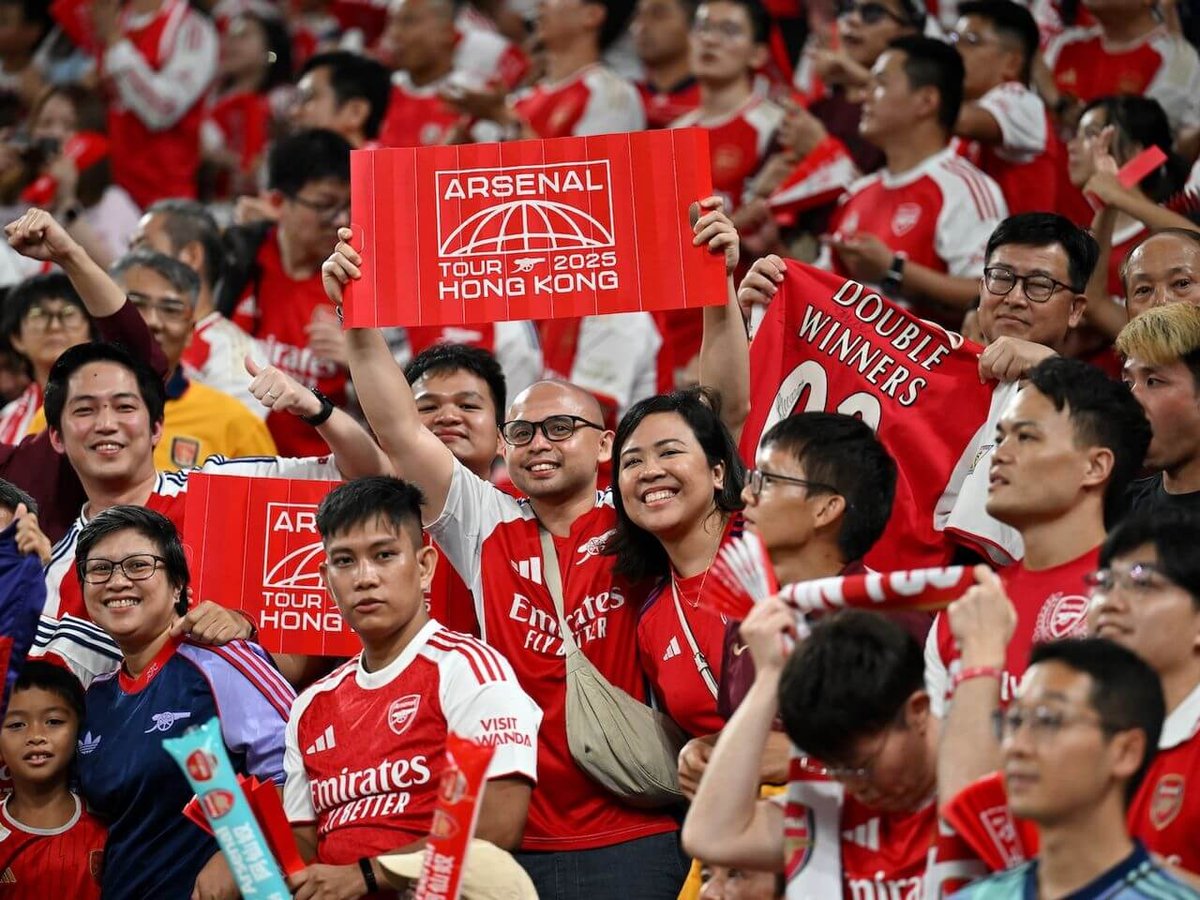

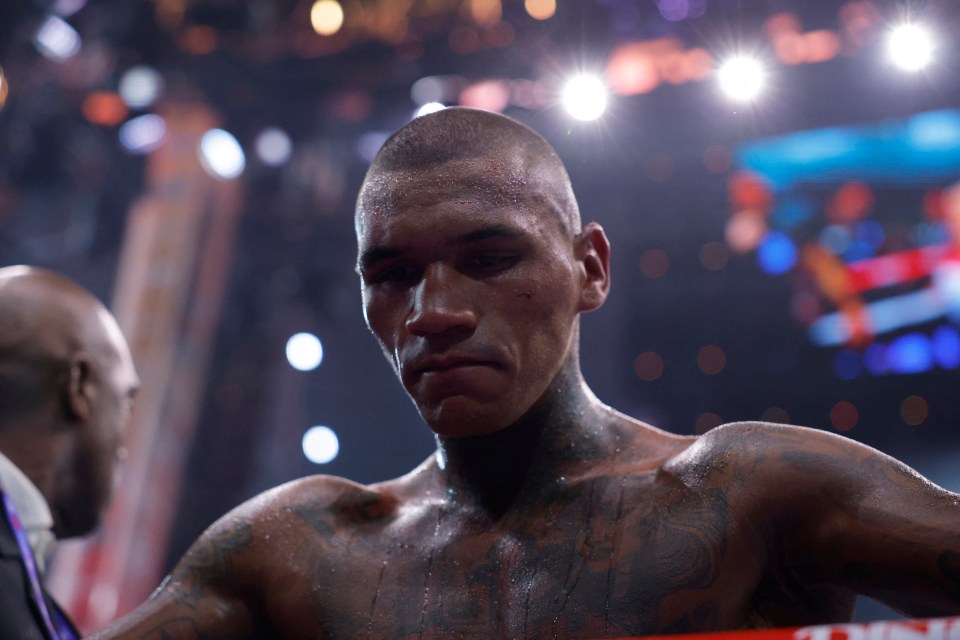


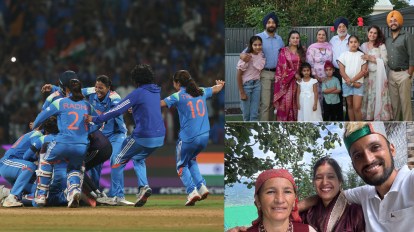
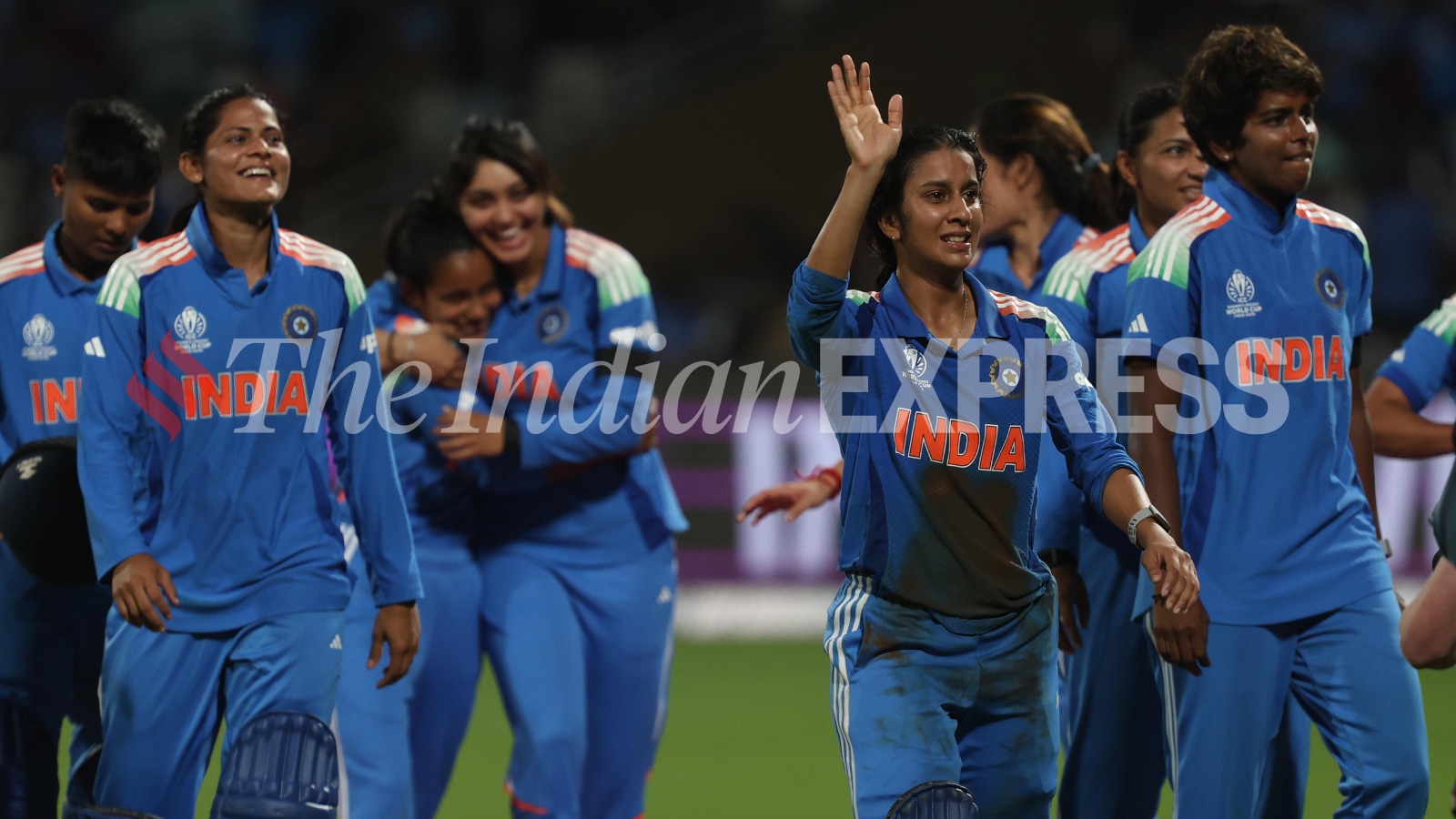
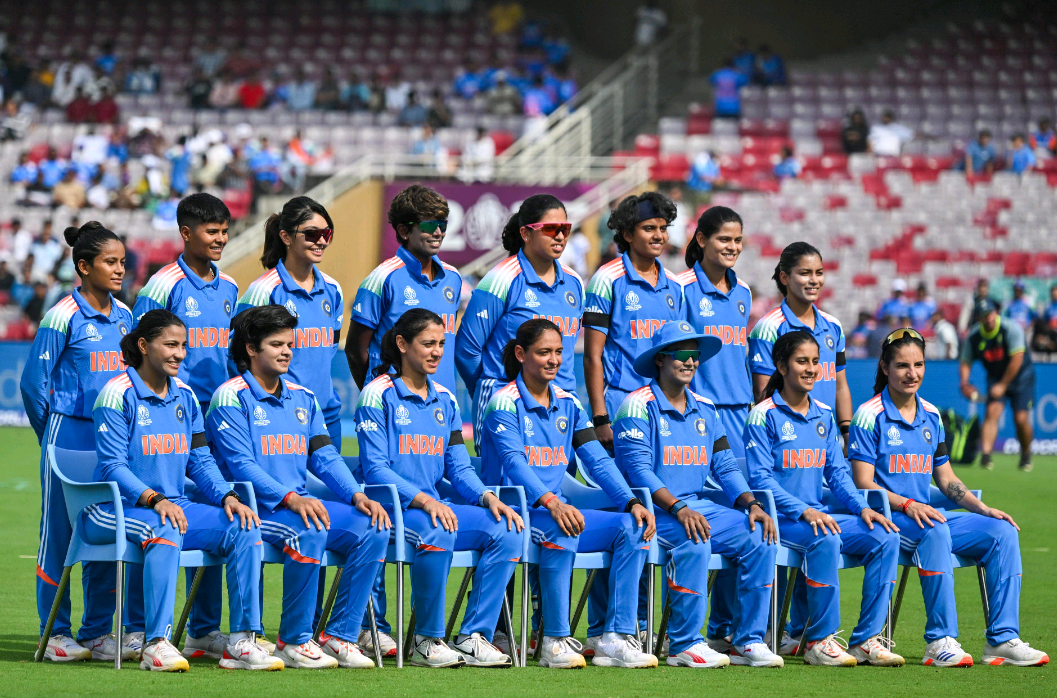
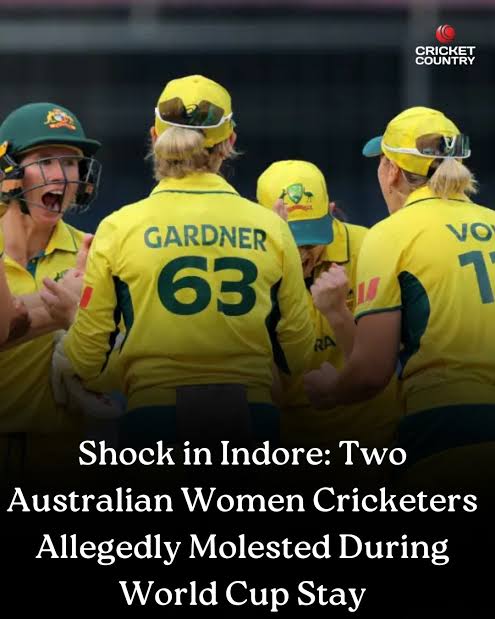

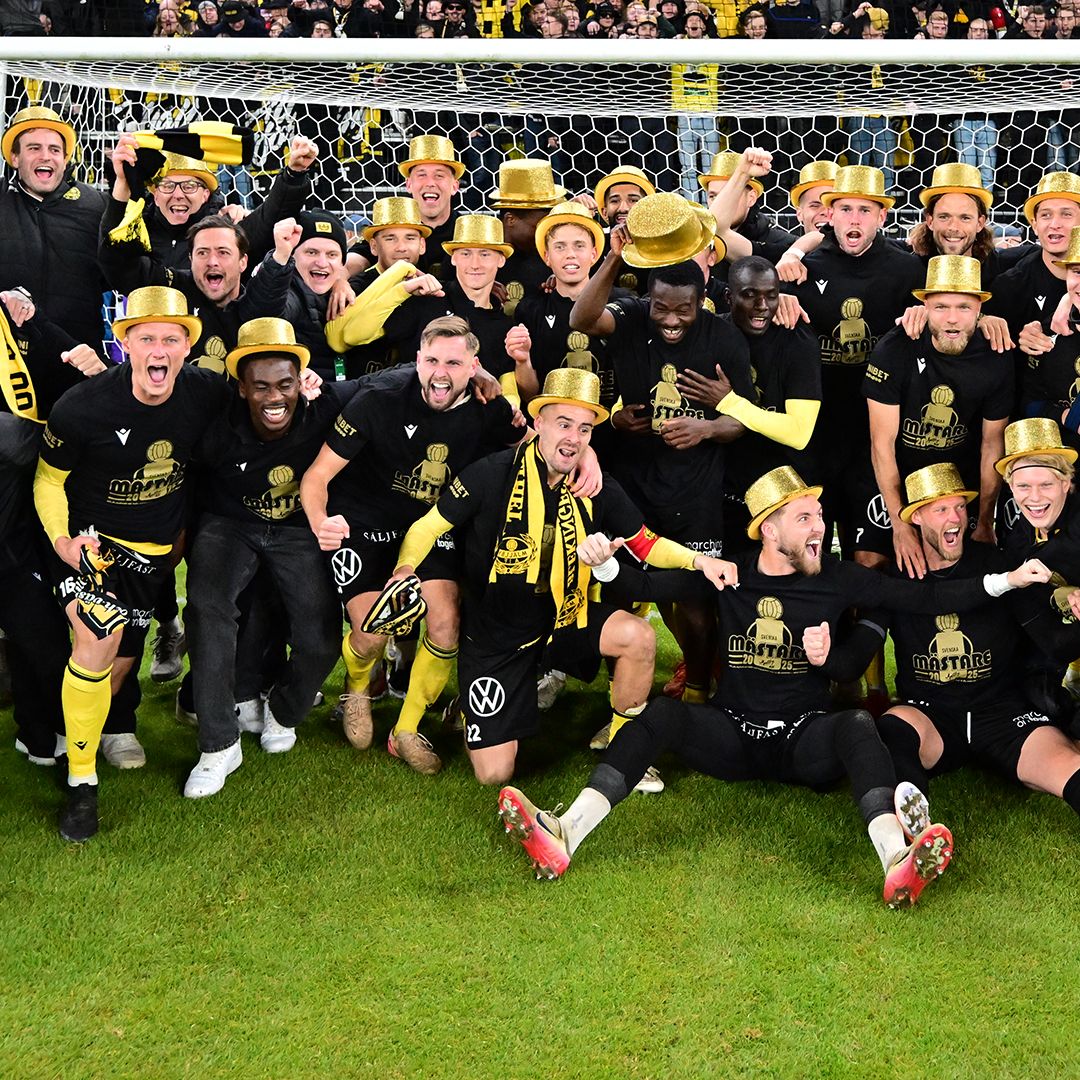
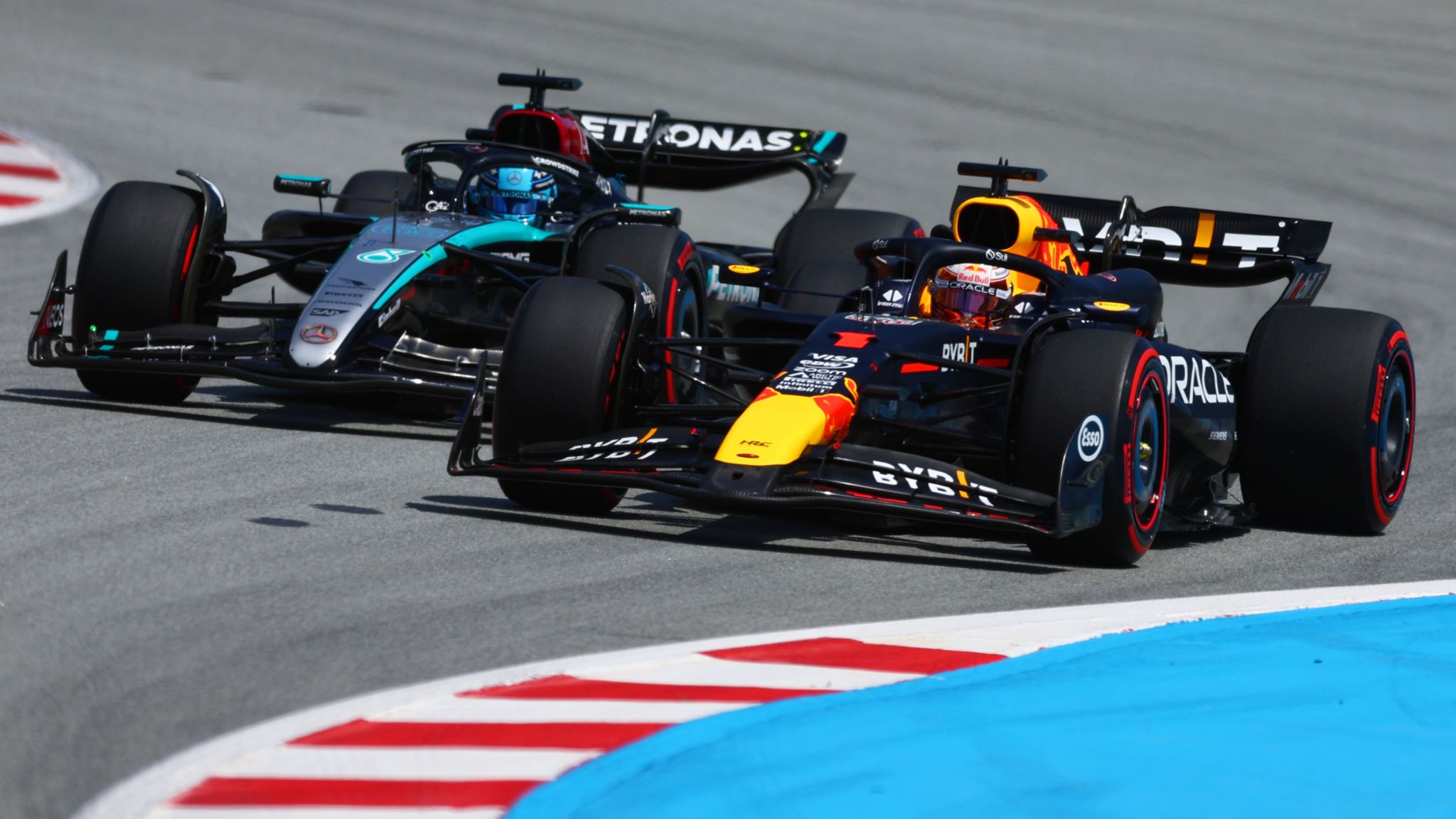

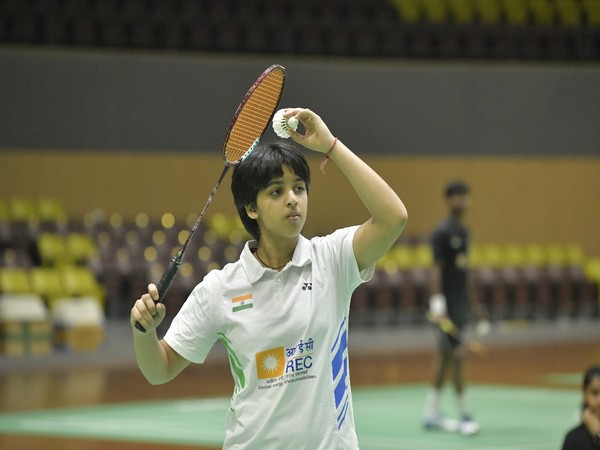
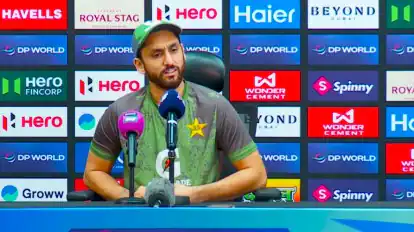
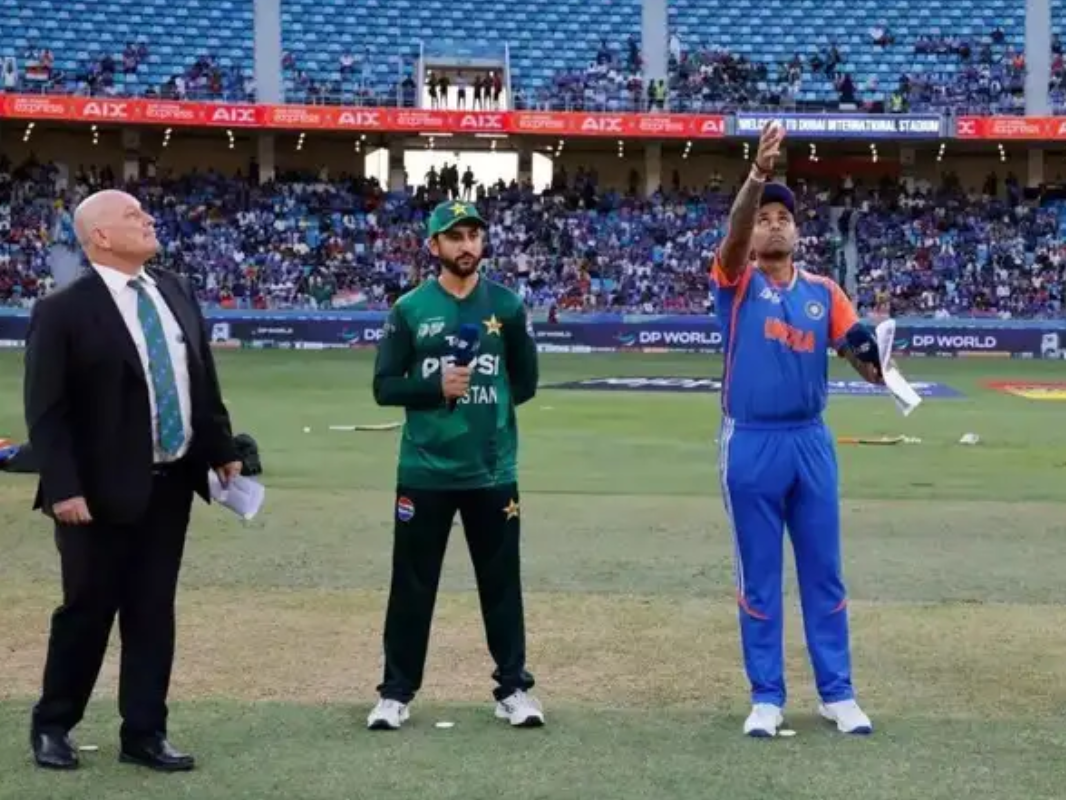
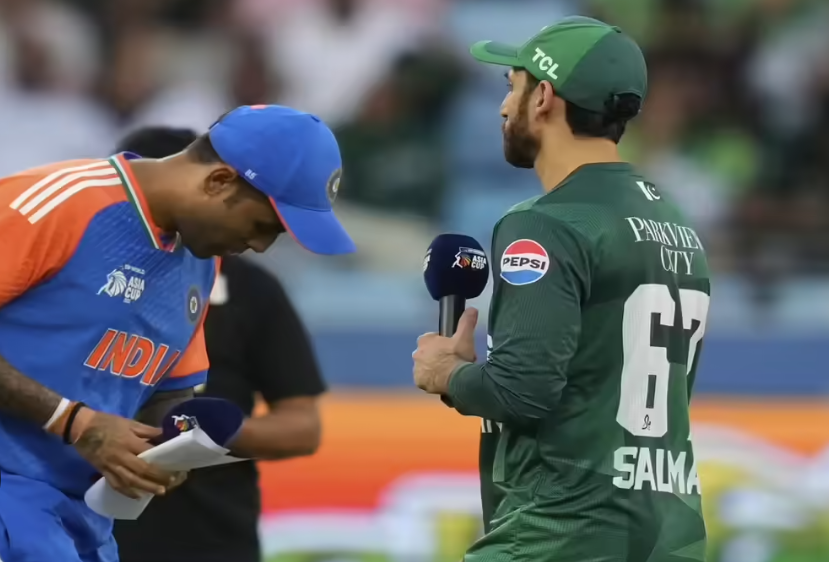
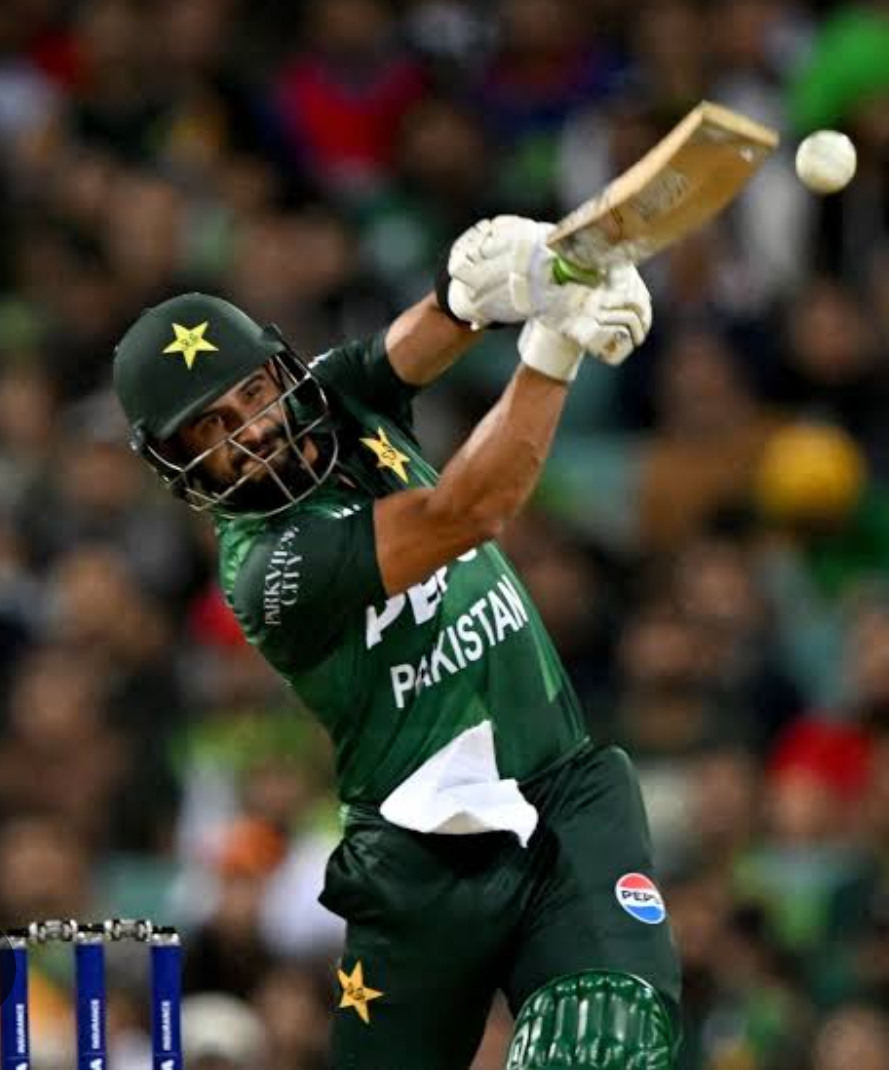
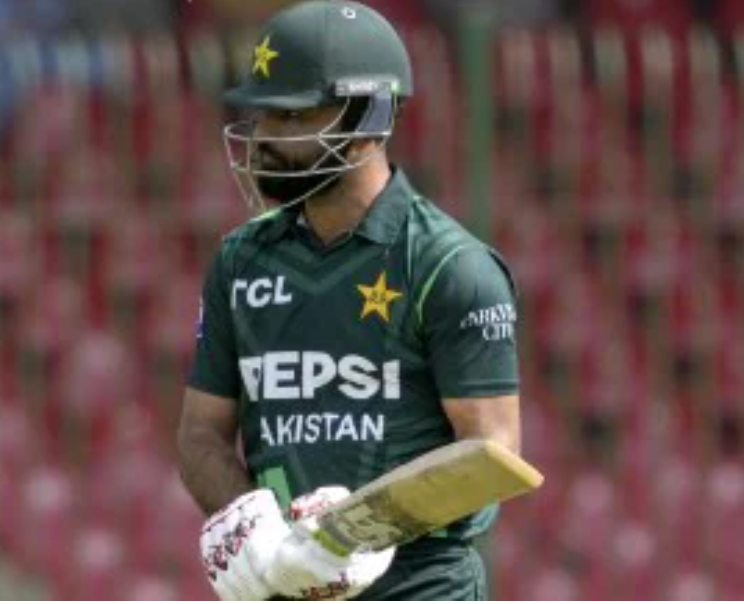






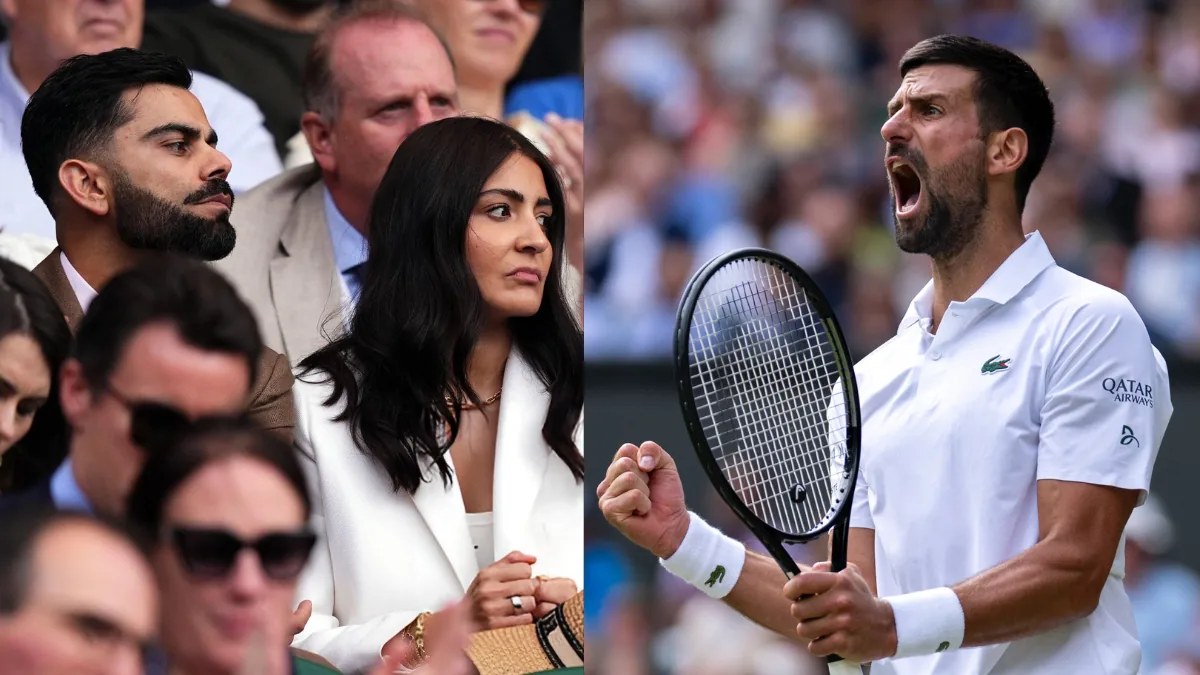



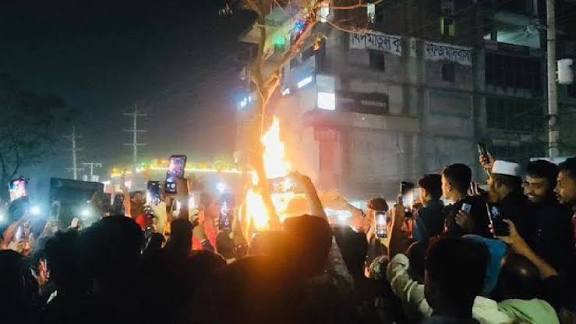
Leave a Reply